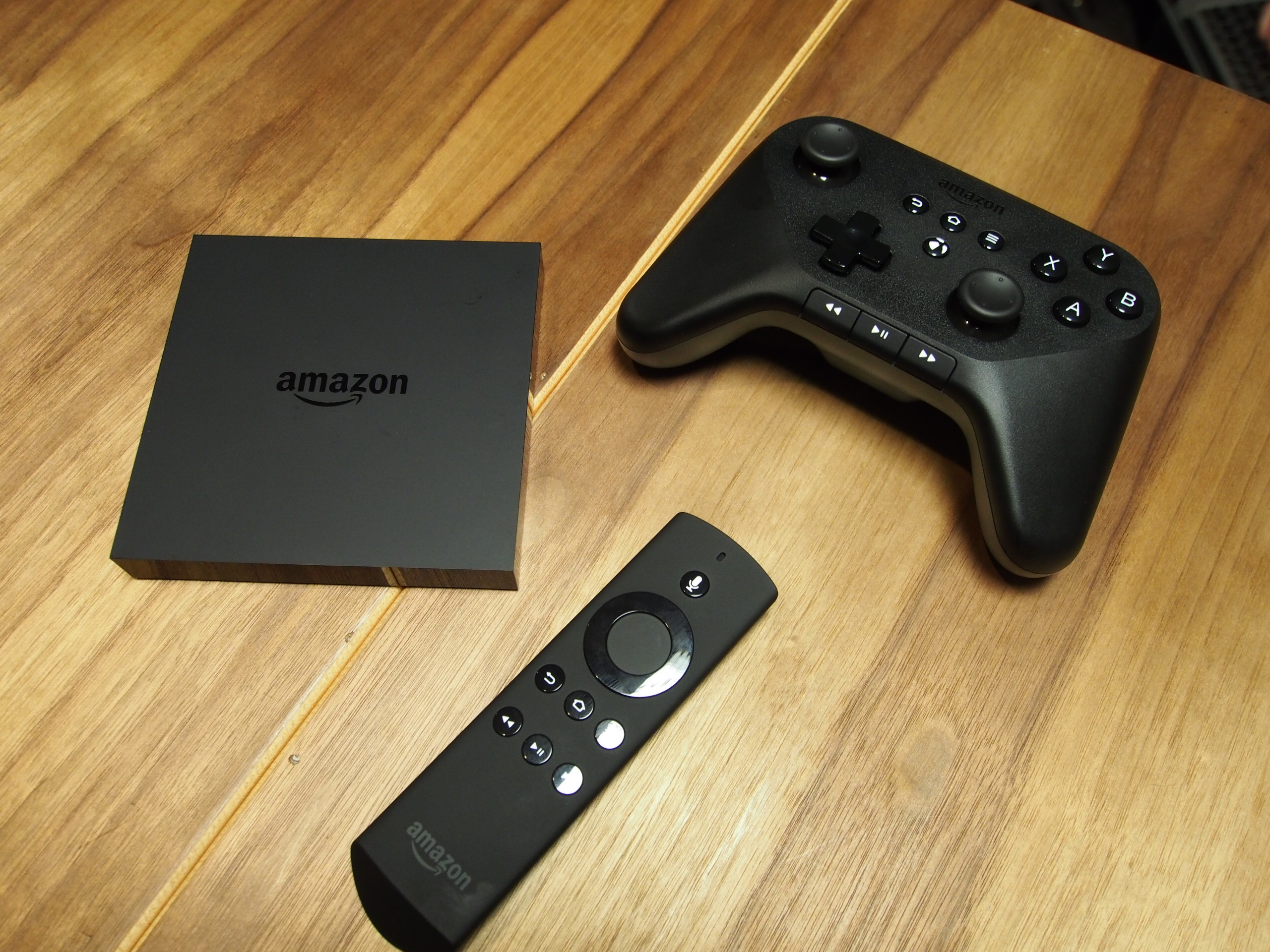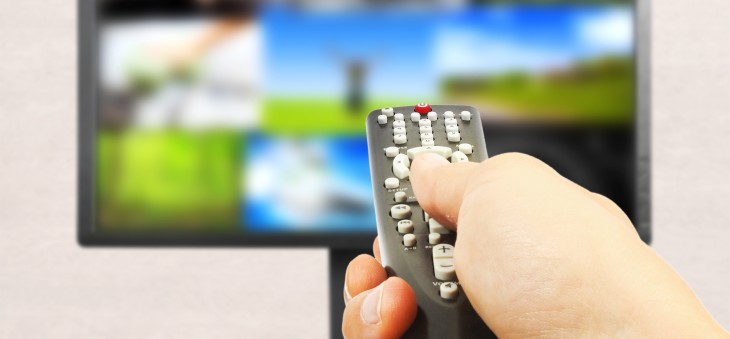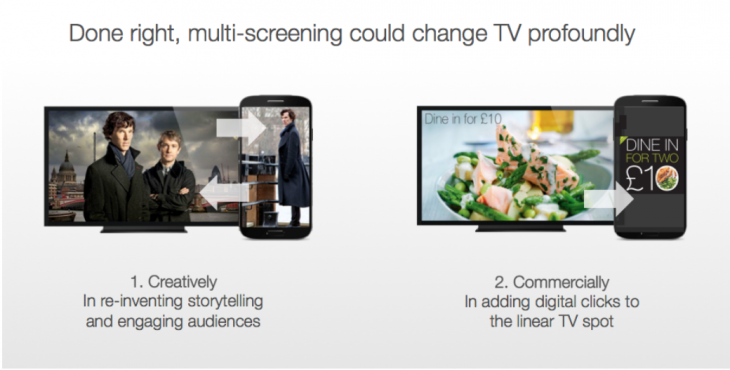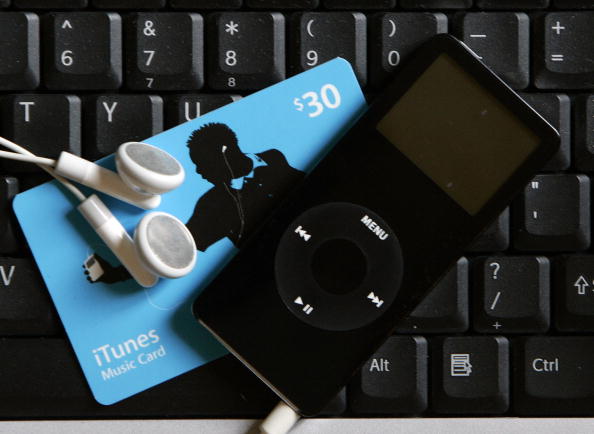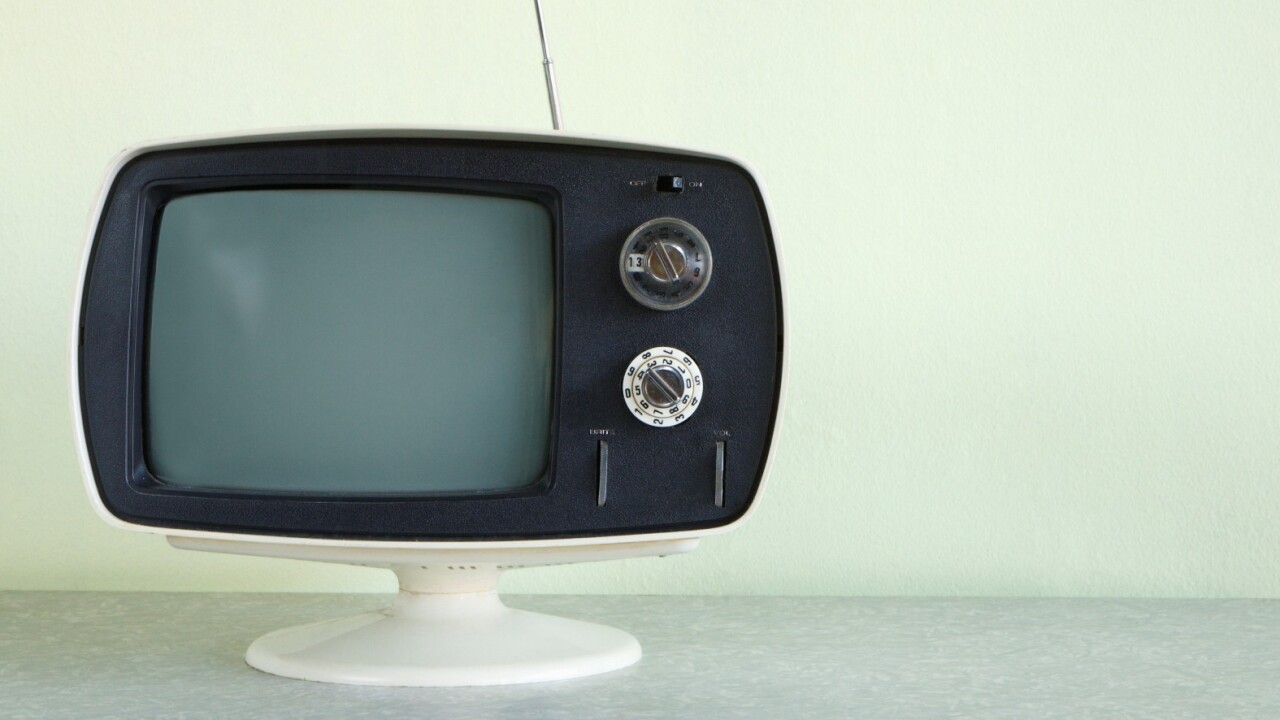
Ernesto Schmitt is a serial entrepreneur in media and tech. He is presently co-founder & CEO of Beamly, the TV social network backed by Comcast, NBCUniversal, Viacom and BSkyB.
These are uncomfortable days for network television executives.
After decades of reliably scheduling when audiences are to be entertained, informed or thrilled, the linear broadcast model – and with it the existence of TV channels themselves – seems to be at the cusp of hitting obsolescence, thanks to the irrepressible march of technology.
Death by a thousand downloads
Amazon and Google are just two of the global tech giants to have launched cheap internet streaming boxes in the past weeks – joining Apple and plenty more expected to follow suit.
The approach is always the same: a small set-top box or dongle that connects to the internet and plugs straight into consumers’ televisions, giving audiences plentiful choice for on-demand content without the need for a cable subscription, or the requirement ever to watch scheduled programming again.
On the face of it, this is bad news for network television. For one, audiences tend to consume a narrow range of premium-quality content on-demand, turning on its head the broadcast model that pads out three hours of quality prime-time shows with 21 hours of low-production-value repeats.
Next, channel identity – and the editorial value-added that comes with it – becomes irrelevant in the on-demand context. The hero is the show, not the channel.
Moreover, networks have long extracted value from careful scheduling and lead-in of content: what shows to compete with head-on, what slots to cede tactically, and what to place right before or after a hit show to reap a halo from audiences too lazy to switch channels. All of that goes out the window on-demand.
As does, of course, the notion that an audience would patiently sit through 20 minutes of advertising for the sake of watching 40 minutes of entertainment. Piece by piece, technology risks dismantling the foundations that have kept broadcast TV standing pretty since the 1960s.
Little wonder investors are shorting network television stock.
And yet, the picture of an industry unchanged for 50 years is wrong, and the technology revolution sounding its death knell instead promises to unleash television’s greatest rejuvenation since the invention of the cathode ray tube.
More nimble than you thought
For starters, despite much popular assertion to the contrary, television has already changed a great deal in the decade that’s brought us Facebook, Youtube, PVRs, and Netflix.
As late as the early 2000s, movies accounted for a decent share of TV ratings. Nowadays, movies – a content category that can’t compete with on-demand or time-shifted viewing – have virtually disappeared from broadcast schedules in many countries, replaced instead with “event TV” and competitive reality programs like The Voice, the Apprentice, or America’s got Talent – all of which are designed to be enjoyed live.
As a result, despite more and more entertainment vying for attention across devices, linear scheduled television has survived the initial digital assault, and the amount of time the average person watches regular TV has increased in the past decade, not decreased.
While the content that TV networks schedule has changed to adapt with the times, the basic mechanics of television as a medium – and its monetization, of course have not. TV is still a unidirectional, universal (hence “broadcast”) content experience – the opposite of the personalized, participation-enabled and interactive (call it “narrowcast”) nature of digital media.
TV still comes “at you,” as it has for 60 years. And the monetization is also largely unchanged, with TV advertising being as unidirectional and universal as the content it peppers – the opposite of laser-targeted, instant-engagement digital advertising.
It is at this core of television that technology, specifically: social media and the mass adoption of connected mobile devices – together “social television” – now promises to bring about dramatic change. As a result, TV is at the cusp of enjoying a sweeping creative and commercial transformation.
The tipping point
Social television is not a new concept. As early as 2011, analysts were commenting on the growing incidence of youngsters multitasking and socializing on their mobiles whilst watching TV – which opened up the prospect of engaging audiences in a new way.
A frenzy of excitement followed in 2012 and 2013, with Google’s Eric Schmidt proclaiming TV as “the next frontier in digital innovation”, and a raft of “second screen” startups securing generous backing from VCs keen turn the prophecy into reality.
Today, multi-screening has become mass behavior, with consumer studies regularly stating that up to 80 percent of US audiences as a matter of course interact with their mobiles while watching TV – sometimes doing things directly related to what’s on screen, other times not. Either way, the mass incidence now reached presents the moment of opportunity for the network TV industry.
Stories untold and revenues untapped
This is because, at scale, having large audiences engaged on their mobile devices offers the potential for show producers to reinvent storytelling from the ground up. No longer does TV merely have to come at you: through mobile devices synched with the on-screen content, audiences can enjoy personal story arcs to complement the linear thread, or consume additional content between broadcast events, form tribes with other audience members, or even shape the outcome of what happens live on the first screen.
The creative opportunities are endless. There is little doubt that with multi-screen interactive storytelling commissioned right from the start, the kind of programming TV will have to offer in coming years will make for a much more engaging experience than regular linear TV has to offer today.
In so doing, it has the potential to future-proof TV and the linear schedule, simply because television watched “live and interactive” across screens this way can’t be replicated by time-shifted on-demand boxes.
Similarly, television advertising stands to gain a step change in value through the second screen. Audiences stimulated by what they see on their television screens can find a personal, instant click to engage with a brand or buy a product, synchronized on their mobiles.
A family of five people seeing the same ad on television can be presented with five personalized calls to action on their devices – based on each person’s age, gender, brand preferences, consumption profiles, even the frequency with which they’ve previously seen the ad. What’s more, social television instantly renders TV advertising accountable – the engagement is frictionless, and the instant flowback of data around individuals responding (or not) to brand stimuli could lead to linear TV spots having the same ROI transparency as digital clicks.
This is hugely powerful stuff, which advertises are rightly excited about.
Change happens
So why hasn’t social television taken off like a rocket ship to date?
The answer is that despite the tremendous potential, the television industry hasn’t faced sufficient disruption until now to embrace the second screen as a catalyst for dramatic change to its business. However, human nature is to overestimate rate of change in the short term, and underestimate it in the long term.
In the early 2000s, the music industry thought MP3 files were no more than a piracy nuisance. Then Apple introduced the seamless platform that is the iPod + iTunes, and the world changed for the music business irrevocably.
Today, nobody buys CDs anymore, albums have been unbundled, iTunes alone represents over half of music sales in the US – and people have come to rely on subscription services like Spotify and Deezer to consume music in a way never thought possible a decade ago.
And that’s where we come full circle with Apple, Google and Amazon’s on-demand TV streamers. With the tech giants now taking aim, we are probably just at the right point where the threat of disintermediation through on-demand players is credible enough, and consumer adoption of multi-screening prevalent enough, as that the television industry could embrace the potential for second screening to the full.
The broadcast industry has a choice either to embrace the disruptive power of social TV, or to ignore it. If they embrace it, we can look forward to entirely new forms of entertainment flickering on our screens. If they don’t, broadcast television risks ever diminishing relevance.
I, for one, think the next five years will be riveting.
Get the TNW newsletter
Get the most important tech news in your inbox each week.
